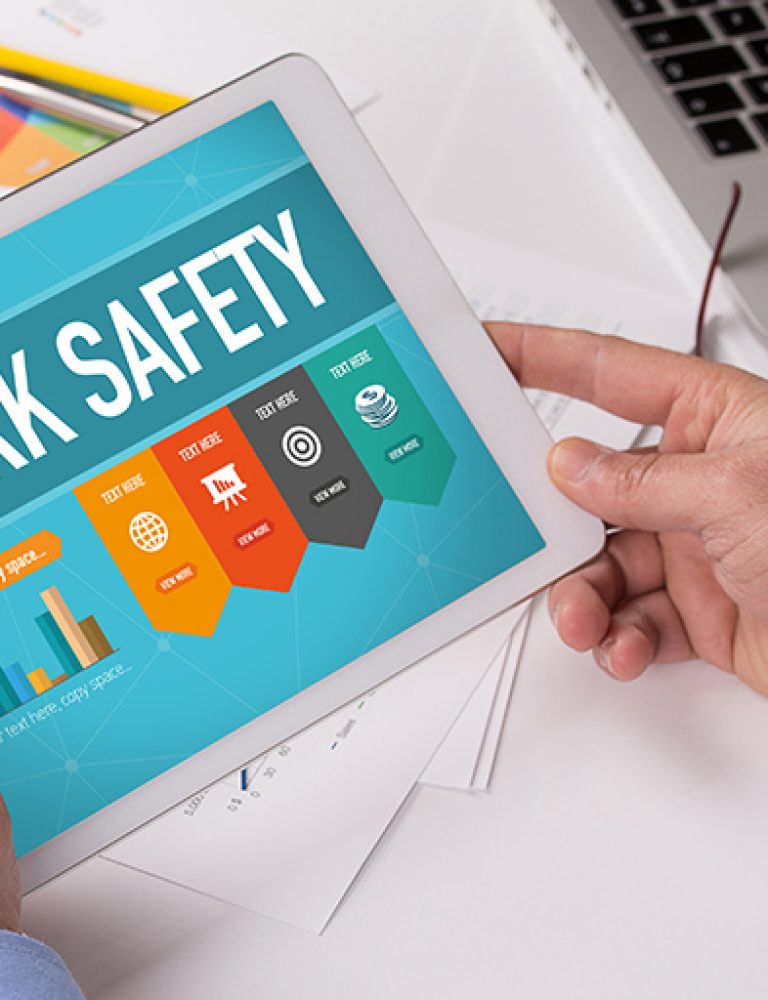Over the last two decades, the way enterprises consume content has changed drastically. The changing business scenario and the emergence of new technologies have compelled organizations to adopt new methods to equip their staff with the necessary knowledge and skills, efficiently.
Enterprise training is slowly coming out of the traditional classroom model into being a web-based and a mobile-driven training model, where employees can now be trained on any device at any time. Enterprise content delivery and consumption has also evolved from purely print-and-distribute model to send-through-email to access-based model today. This has largely been made possible by the ease of access to mobile devices across the organizations globally and the adaptation of the new BYOD (Bring Your Own Devices) policy.
The number of smartphone users is expected to grow to around 2.5 billion this year. With such a large number of people using smartphones, these devices have become a default choice to consume content. The BYOD market is expected to hit almost $367 billion by 2022, up from just $30 billion in 2014. According to the 2016 Cisco Annual Report, companies favoring BYOD make an annual saving of $350 per year, per employee. With such trend predictions, mobile devices becoming an integral part of enterprise communication and training programs is inevitable. And this is set to increase in the years to come.
While there has been an increase in mobile and self-owned devices, content consumption trends also point towards a more mobile-focused future, not only in an employee’s personal capacity but also in workplace related tasks. The global mobile data traffic is projected to increase nearly sevenfold between 2016 and 2021. This reinstates the fact that end users are spending more and more time on their mobile devices, as it their preferred choice for media consumption.
How Enterprise Content Delivery and Consumption Trends Complement The BYOD Trends
Apart from the increasing usage of mobile devices in organizational landscape, the second biggest driver of changing content delivery methodologies are the employees themselves. It’s employees who demand that the training content, sales and marketing collateral, organizational communication and other content be delivered on their mobile devices. Today’s employee is driven by three demands:
- Device of their Choice: They want to consume the content on a device that they are comfortable with.
- Time of their Choice: Employees want to access the content whenever they want. They want to undertake training on the go, at a pace that suits them. They need access to updated marketing collateral anytime they require, not when they are sent to them. Time is of paramount importance to them.
- A Great Experience: The content sent to them needs to have a great experiential value. They consume multimedia content on a daily basis and so the content that an organization sends them has to match their expectations – interactive and media rich.
Also read: 10 Benefits of Using Mobile-Based Content Delivery Platform
How These Factors Change the Way Enterprise Content Is Being Delivered
These changes in technological landscape in the organizations and the demands of the modern employee has changed the way content is delivered and consumed. The platforms to monitor the usage of devices in organizations are no longer just ‘Mobile Device Management’ platforms, they are ‘Enterprise Mobility’ platforms with the focus not only on devices but also on the way content is delivered and consumed – Apps. It has changed the way the three major content intensive functions of an organization work, namely:
Enterprise Training: Enterprise training has changed rapidly from a classroom-based environment to web-based to current scenario, where employees demand ‘Self-Paced Learning’ allowing them to learn and train whenever they want, wherever they want. Not only does the content need to be available on the go, it has to be interactive, modularized and also provide feedback to the organizations.
Sales and Marketing Functions: 71% of sales representatives feel that knowledge gap is the reason why they are unable to close the deals. This makes it imperative for enterprises to provide them with the content that they require, whenever and wherever they want it. With most marketing teams based centrally at one location and dispersed sales teams, not only is providing content painfully slow, it is even more difficult to keep the content with the sales team updated all the time. This is where platforms like KITABOO pitch in and allow seamless delivery of content to the employees.
Enterprise Communication: A document is printed and copied 9-11 times on an average, resulting in wastage of previously printed copies along with time and money. 30-40% of an employee’s time is utilized in searching for documents that are locked in emails and cabinets. Today’s employees want access-based document sharing, take notes on them and collaborate with others. Enterprises are now turning away from sending printed content, towards a solution that can deliver it to an employee’s own device instantaneously.
The days of long textual content are over now, employees now want content on their favorite devices. Content today is more modularized and has way more elements than just text – it contains audio, videos, assessments, interactive elements and much more. As an enterprise, you wouldn’t be tempted to invest in BYOD content delivery unless it provides you with substantial benefits.
Also read: 5 Ways to Create Effective Interactive Training Content
Benefits of BYOD Enterprise Content Delivery
Employee Satisfaction: According to a research by Deloitte – 83% of skilled workers with “access to flexible IT policies said they were satisfied with their work, compared with 62% of their counterparts who didn’t get to enjoy flexible IT conditions.” Not only working on their own devices helps employees work better, ease of access to content enables them to structure their work schedule in a better fashion.
Employee Productivity: 57 minutes is the time reclaimed per worker per day in an Intel BYOD program. Another report says 45% increase in employee productivity when using mobile apps. Employees can now access updated sales collateral, meeting specific documents and inputs just before a prospective client meeting, irrespective of wherever they are. They prefer learning on the go, while travelling, in between meetings etc. Increased satisfaction leads to better productivity.
Cost Savings: Last but not the least, enterprises save on the printing and distribution costs that they incur with paper-based communication methods. 76% of employers surveyed by Deloitte who deployed BYOD in their enterprises experienced no change or reduced expenditure post implementation of BYOD programs.
Also download: 7 Most Effective Ways to Deliver Training Content on Mobile
Conclusion
Delivering content on employees’ own devices comes with great benefits including productivity and satisfaction among employees. Most of the challenges including content security can be taken care of by the content delivery platform that an enterprise intends to invest in. Before investing in any enterprise mobility and content delivery platform, the enterprise must weigh in all the pros and cons including the sustainability of the technological platform before implementing a BYOD approach.
DISCOVER HOW A MOBILE-FIRST TRAINING PLATFORM CAN HELP YOUR ORGANIZATION
Kitaboo is a cloud-based platform to create, deliver & track mobile-first interactive training content.
You May Also Like
-
8 Advantages of Using a Cloud-based Platform for Sales Training
Employee Training / December 13, 2023








